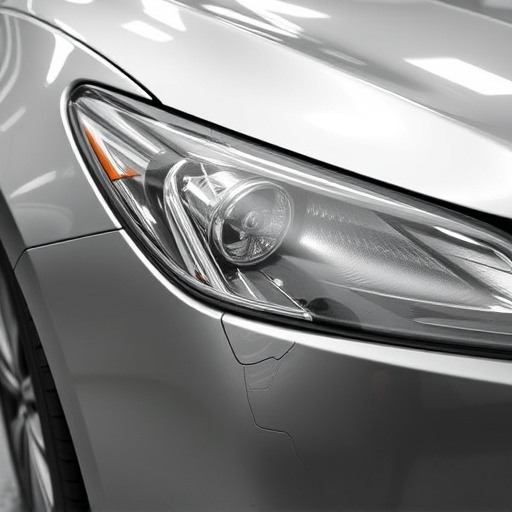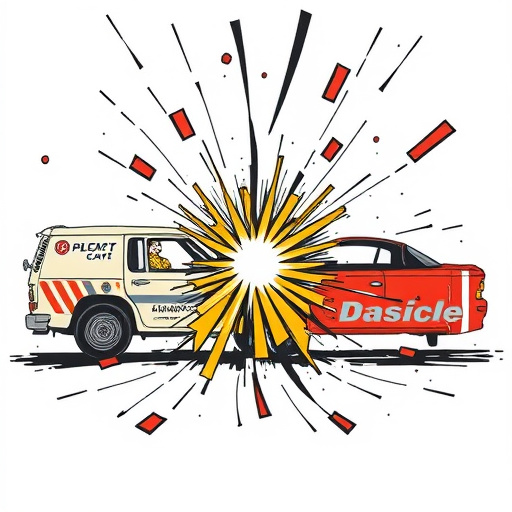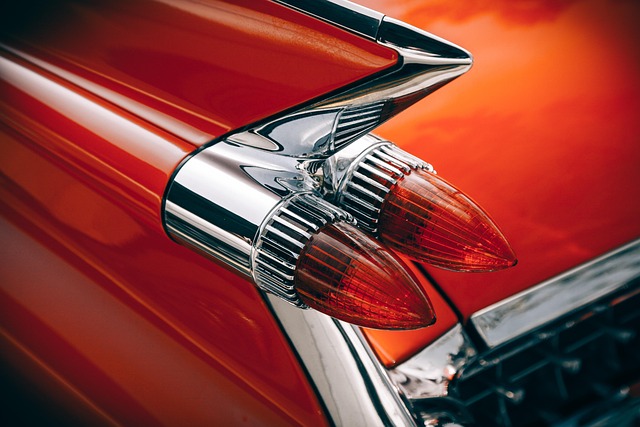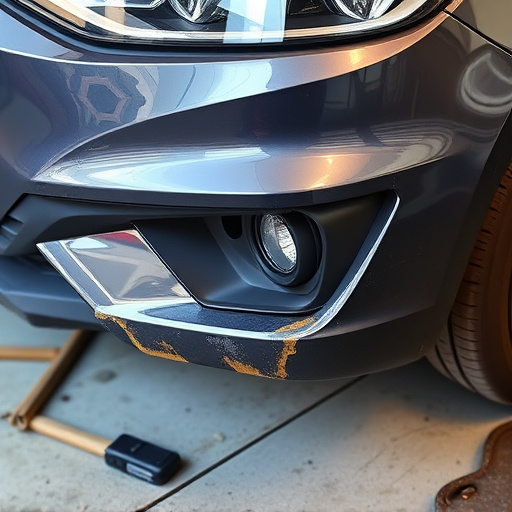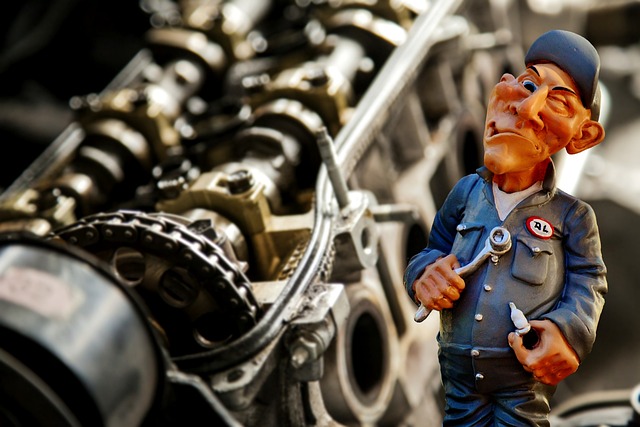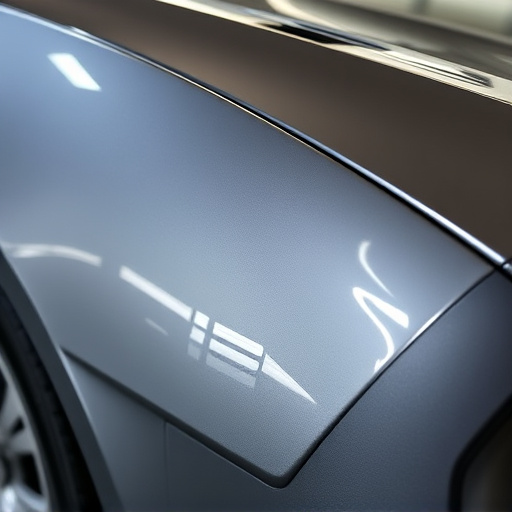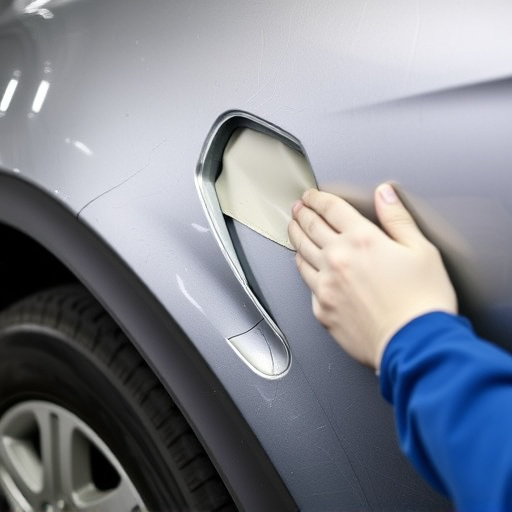Choosing between OEM and aftermarket auto body panels depends on priorities: OEM for perfect fit, quality, and resale value, but at a higher cost; Aftermarket for affordability and customization, yet may require adjustments and compromise durability. For collision repair, OEM ensures safety and performance, while aftermarket offers speed and cost-effectiveness, requiring thorough research into material, warranty, and supplier reputation.
Looking to replace your car’s body panels? You’ll often encounter two main options: OEM (Original Equipment Manufacturer) and aftermarket. This article guides you through the intricacies of these choices, helping you make an informed decision for your new auto body panels. We’ll explore the differences in quality, benefits, drawbacks, and offer a comprehensive look at what to consider when selecting the best fit for your vehicle’s repair or restoration needs.
- Understanding OEM and Aftermarket Panels
- Quality Considerations: Benefits and Drawbacks
- Choosing New Auto Body Panels: A Comprehensive Look
Understanding OEM and Aftermarket Panels
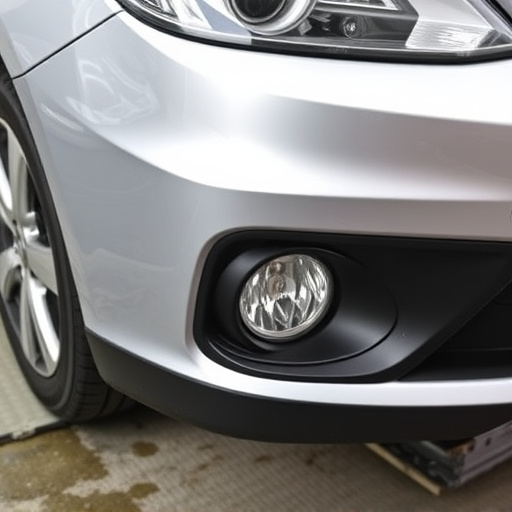
When discussing new auto body panels, it’s essential to distinguish between Original Equipment Manufacturer (OEM) and Aftermarket options. OEM panels are the original parts designed and produced by the vehicle manufacturer, specifically tailored for a particular make and model. These panels come directly from the factory and ensure a perfect fit and seamless integration with the car’s existing structure. On the other hand, aftermarket panels are third-party alternatives crafted to fit various makes and models, often offering more flexibility in terms of size and design. While they may not precisely match the OEM specifications, aftermarket panels can be a cost-effective solution for collision repair and vehicle body repair needs.
Understanding the nuances between these two types is crucial for car body repair professionals and enthusiasts alike. For instance, in the event of a collision or damage, OEM panels provide a guaranteed match in terms of quality and performance, ensuring the vehicle’s structural integrity remains uncompromised. In contrast, aftermarket panels might require additional adjustments during installation but can be a faster and more affordable option for those seeking efficient collision repair solutions without breaking the bank.
Quality Considerations: Benefits and Drawbacks
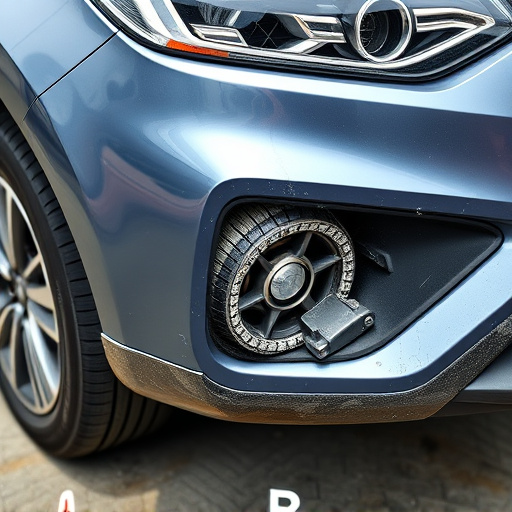
When comparing OEM (Original Equipment Manufacturer) auto body panels to aftermarket alternatives for new auto body panels, quality is a paramount consideration. OEM parts are designed and manufactured by the vehicle’s original creator, ensuring they meet precise specifications and adhere to strict quality control measures. This translates to superior fit, finish, and durability, often backed by the manufacturer’s warranty. Using genuine OEM components can also maintain the vehicle’s resale value and originality, making it a preferred choice for those valuing aesthetics and longevity.
However, aftermarket body panels have their allure. They are typically more affordable, offering cost-effective solutions for repairs, especially in cases of minor damage like fender repair or dents. Aftermarket parts can also provide unique styling options, allowing owners to customize their luxury vehicle repair and give it a distinctive look. While these panels may meet basic structural requirements, they might not match the precision and quality of OEM products, potentially leading to issues with fit and long-term reliability, particularly in demanding automotive body shop environments.
Choosing New Auto Body Panels: A Comprehensive Look
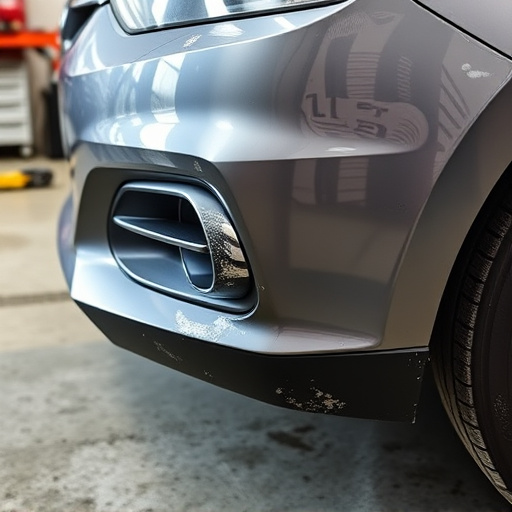
When it comes to replacing auto body panels on your vehicle, one of the primary considerations is whether to opt for new original equipment manufacturer (OEM) panels or go with aftermarket alternatives. Choosing new auto body panels is a crucial decision that impacts both the quality and safety of your car’s repair. OEM panels are direct replacements designed to fit perfectly and maintain the vehicle’s original specifications, ensuring optimal structural integrity. These panels come directly from the vehicle manufacturer, guaranteeing compatibility and high-quality materials.
On the other hand, aftermarket panels offer a more cost-effective solution but may sacrifice precision fitting and durability. Aftermarket manufacturers often produce generic panels that might require additional modifications for a secure fit. While they can be an appealing option for budget-conscious consumers, it’s essential to assess their quality and ensure they meet industry standards. Professional car paint services and automotive body work experts suggest thoroughly researching and comparing options, considering factors like material composition, warranty coverage, and the reputation of the supplier to make an informed decision when purchasing new auto body panels.
When it comes to replacing auto body panels, whether for repairs or upgrades, understanding the distinction between OEM and aftermarket components is key. While OEM parts offer superior quality and precision fitting, they can be more expensive. Aftermarket panels provide a more affordable option with various styles available, catering to diverse preferences. Ultimately, the choice depends on individual needs, budget, and desired aesthetics for a seamless restoration or enhanced vehicle look. For those seeking new auto body panels, thoroughly evaluating these options ensures a durable and visually appealing result.
